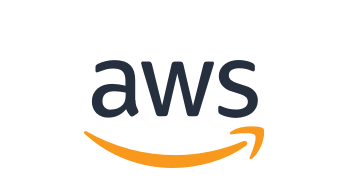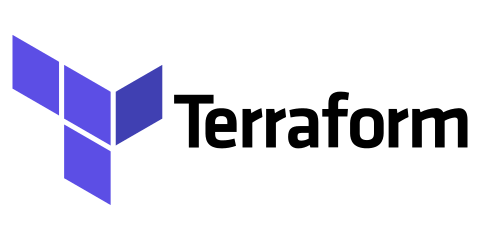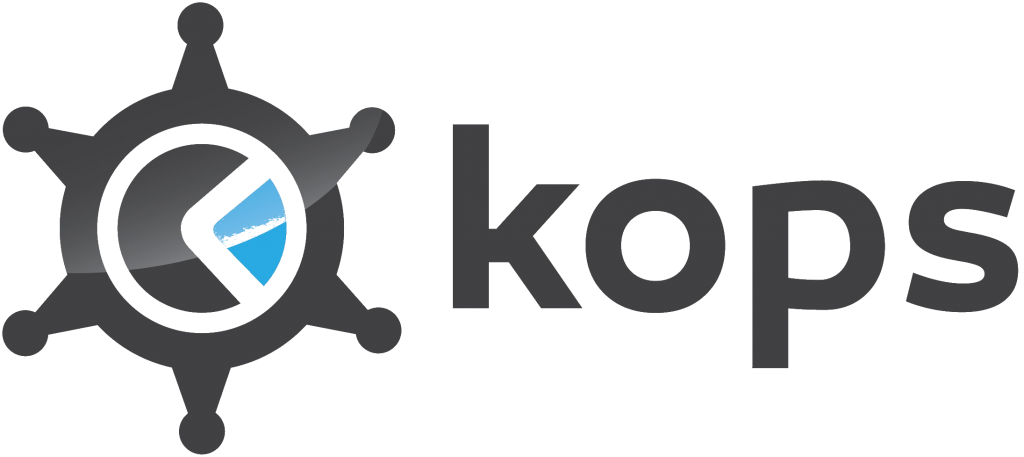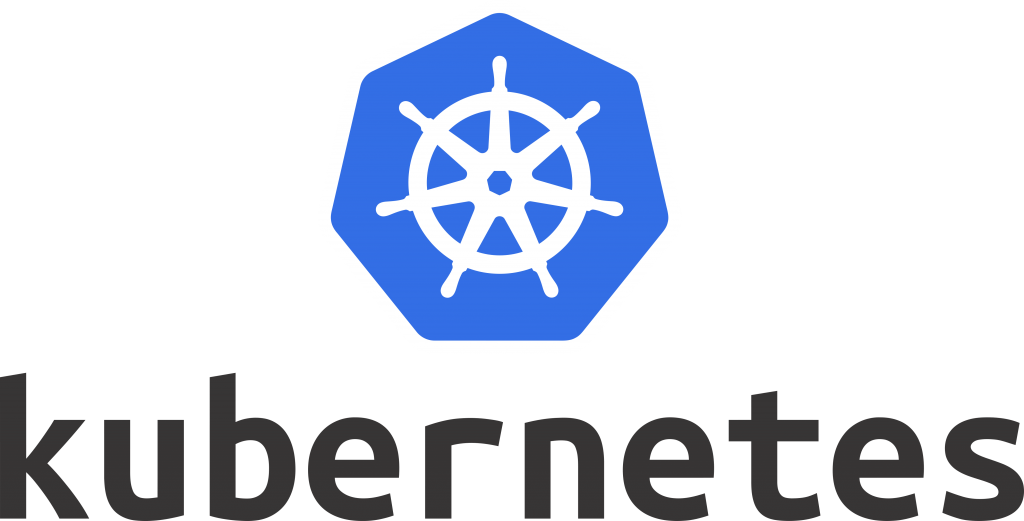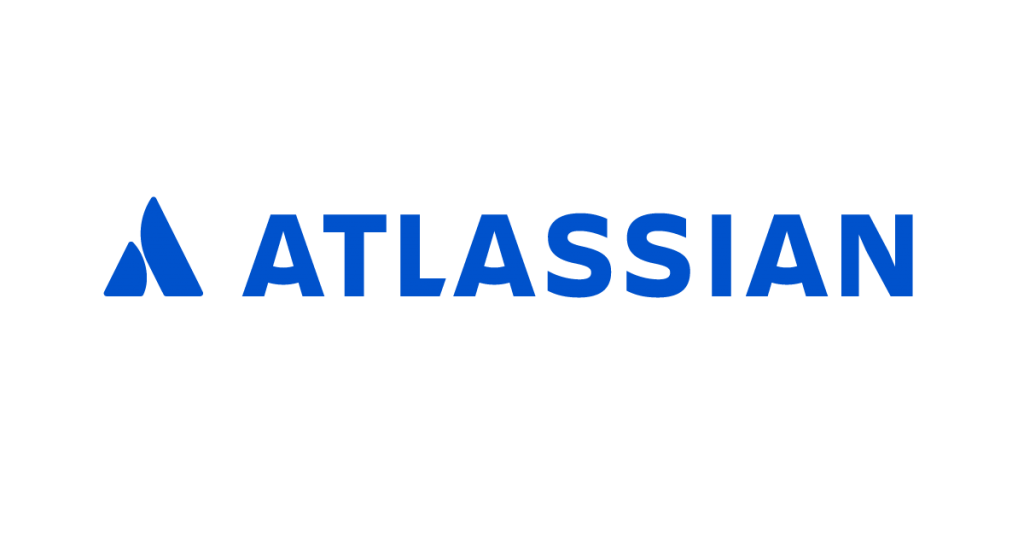How we helped scale a video analytics platform
video analytics platform
Adopting DevOps for Video Analytics has revolutionized how platforms scale, ensuring seamless collaboration, automation, and reliability in real-time data processing.
In this case study, we outline how we helped scale a video analytics platform for a leading company in the media and telecommunication industry. Our approach involved bringing DevOps culture to their software development lifecycle, automating deployments, and enhancing infrastructure scalability to meet the growing needs of their clients.
About the Client:
The client leveraged DevOps for Video Analytics to scale their platform, ensuring better-monetized video experiences for broadcasters, telecommunication, and media companies. This video analytics platform captures data, standardizes, synchronizes, and routes it to critical data points where clients need them. The application was essential for helping organizations in the media industry optimize their video streaming and analytics. To protect client confidentiality, their identity was kept anonymous.
Requirements of the client:
- Introduce DevOps Culture: Integrating DevOps into the software development lifecycle to promote collaboration and streamline workflows between teams (Business, Dev, and Ops).
- Faster Development Cycle: The client wanted to accelerate their development cycles, allowing for quicker iterations and faster delivery of new features.
- Automated Deployment and Scaling: Automating the deployment, scheduling, and scaling of containerized applications to ensure reliability and speed.
- Cloud Vendor Agnosticism: Ensuring that deployment scripts and orchestration could be used across multiple cloud platforms.
- On-demand AutoScaling Infrastructure: Implementing automated scripts and auto-scaling capabilities to handle traffic spikes and maintain platform performance.
Challenges in Implementing DevOps for Video Analytics:
- Finding a partner with DevOps Consulting Experience
- Architecture design for better scalability and response.
- Resistance to failures and infrastructure issues.
- The infrastructure and orchestration supporting the video analytics platform needed refinement to support customer growth and eliminate single points of failure. This challenge was especially critical when scaling the video analytics platform to handle more users and data streams.
Activelobby Difference:
After evaluating the requirements, our team configured the environments in Kubernetes Cluster and helped the development team to deploy the application as containers/ pods in a highly scalable and fault tolerant environment.
- Initially the deployments were handled manually and once we educated the development team about the DevOps culture, we configured multiple environments (Dev, Staging and Production) and automated the continuous delivery pipeline.
- While automating the pipeline using Jenkins, we prevented risky deployment and increased productivity.
- Team also automated integration, testing, and release tasks by building necessary automation scripts in line with identified technology stack and configure and setup the environment.
- Kafka has been used in this application for building real-time data pipelines, generating high volume of data with lowest latency. It is horizontally scalable, fault-tolerant, wicked fast.
- Casandra, Postgres and Redis clusters were implemented in this project.
- The Activelobby team did phase wise Agile scrum process tasks with sprints. Lastly, we were able to establish operational visibility, monitoring, and reporting for performance measurement.
Tools Used
The following tools were essential to the success of this DevOps project:
- Jenkins for Continuous Integration and Continuous Deployment (CI/CD).
- Kubernetes for container orchestration and management.
- Kafka for building real-time data pipelines.
- Cassandra, Postgres, and Redis for scalable database solutions.
- Ansible and Puppet for automation.
Result
Results
The company achieved the following with Activelobby Association:
- Improved Software Quality: Through automated testing and deployment processes, the client saw a significant increase in software quality and reduced defects in production environments.
- Faster Development and Delivery: The collaboration between development, operations, and testing teams accelerated development cycles, allowing for more frequent releases and faster time-to-market.
- Scalable Infrastructure: The client now has a robust, scalable infrastructure capable of handling increasing customer demand while minimizing the risk of downtime or performance degradation.
- Increased Client Satisfaction: The client’s ability to provide high-performance video analytics and a seamless user experience led to improved customer satisfaction and increased revenue.
Conclusion
In conclusion, DevOps for Video Analytics Platform the transformation of the video analytics platform using DevOps practices not only scaled the application to meet growing demands but also enhanced collaboration between development and operations teams. By adopting automation and containerization, we helped the client improve operational efficiency, reduce risks, and deliver a better user experience, ultimately leading to increased revenue and a stronger competitive position in the market.
